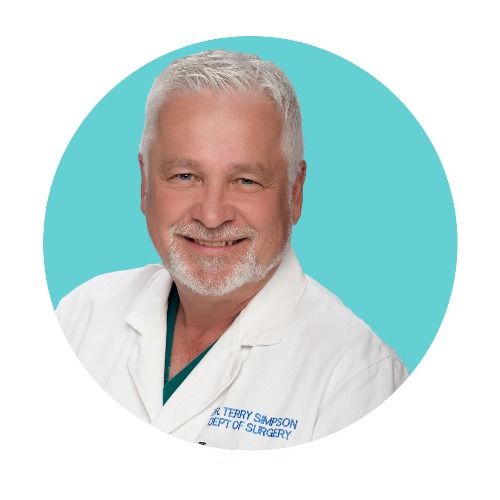Episode 90
Protein Powders: Hype and Science
Protein Powders: What’s Real, What’s Hype, and Why It Matters
Protein powders are everywhere. Walk into a gym, scroll through social media, or visit a health food store, and you’ll see tubs of whey, egg, pea, and soy protein. Add buzzwords like “isolate,” “hydrolysate,” and “grass-fed,” and suddenly these powders sound like liquid gold. But how much of this is science—and how much is hype?
From Surgeons to Shakers
Surgeons were among the first to use modular proteins. In the ICU, when patients couldn’t eat, we relied on early protein formulas. These weren’t the big plastic tubs you see at Costco. They were custom-made, extremely expensive, and delivered directly into the gut through a feeding tube. Proteins like albumin cost thousands of dollars and were carefully monitored.
Over time, science moved forward. Modern protein powders have become more affordable and accessible. What once cost hospitals a fortune is now sold in shiny containers at gyms and supplement shops. That’s progress—although it also opened the door for plenty of marketing nonsense.
The Egg Protein Craze
The very first protein powders sold to the public in the 1950s were made from eggs. Hollywood stars promoted them as the secret to beauty and muscle. Soon, the “beautiful people” diet drifted into gyms, where bodybuilders grabbed onto the promise of sculpted muscles. Eventually, protein shakes became a middle-America trend.
Today, gyms often make more profit selling supplements than memberships or training. That’s not nutrition—it’s salesmanship.
Curds, Whey, and the Rise of Dairy Protein
Remember the nursery rhyme about “curds and whey”? That wasn’t just poetry. Cheese making separates milk into two parts: the solid curds and the liquid whey. For centuries, whey was a waste product. Farmers dumped it or fed it to pigs. Then researchers discovered that whey contained high-quality protein, packed with amino acids.
Now, whey protein is the biggest player in the supplement industry. Isolates and hydrolysates are simply forms of whey with more processing. They’re not magic—they’re filtered versions of what used to be discarded.
Beyond Cows: Other Sources of Protein
Cows aren’t the only animals providing milk protein. Goats produce protein powders, too, often marketed as “easier to digest.” Then there’s pea protein, soy protein, and rice protein, sold to vegans and those with dairy allergies. These plant-based versions can be useful, but they aren’t inherently superior.
Branched-chain amino acids (BCAAs) are another popular product. They sound impressive, but in reality, if you’re eating enough protein in your diet, you already have plenty of BCAAs. Extra scoops don’t turn into extra muscle.
Why Surgeons Still Prescribe Them
Here’s the irony. While influencers push powders as miracle muscle builders, surgeons actually prescribe them for medical reasons. After weight-loss surgery, patients can’t eat large amounts of food, so modular proteins help meet nutritional needs. In ICU patients with short gut syndrome or severe illness, protein powders save lives.
Doctors used them first—long before gyms turned them into cash cows. The difference? We used them based on data, not marketing hype.
The Bottom Line
Protein powders are tools, not miracles. They’re convenient, portable, and sometimes necessary. But they’re not a shortcut to health. If you eat enough protein from whole foods, you probably don’t need that expensive tub with the shiny label.
The supplement industry thrives on hype. Science thrives on evidence. And if history has shown us anything, it’s that evidence always wins—eventually.
References
- Boirie Y, Dangin M, Gachon P, Vasson M-P, Maubois J-L, Beaufrère B. Slow and fast dietary proteins differently modulate postprandial protein accretion. Proc Natl Acad Sci USA. 1997;94(26):14930–14935.
- Phillips SM, van Loon LJC. Dietary protein for athletes: From requirements to optimum adaptation. J Sports Sci. 2011;29(S1):S29–S38.
- Hoffman JR, Falvo MJ. Protein – which is best? J Sports Sci Med. 2004;3(3):118–130.
- Wolfe RR. Branched-chain amino acids and muscle protein synthesis in humans: myth or reality? J Int Soc Sports Nutr. 2017;14:30.
- Klek S. Modular enteral nutrition in critically ill patients. Nutrients. 2011;3(2):183–199.


